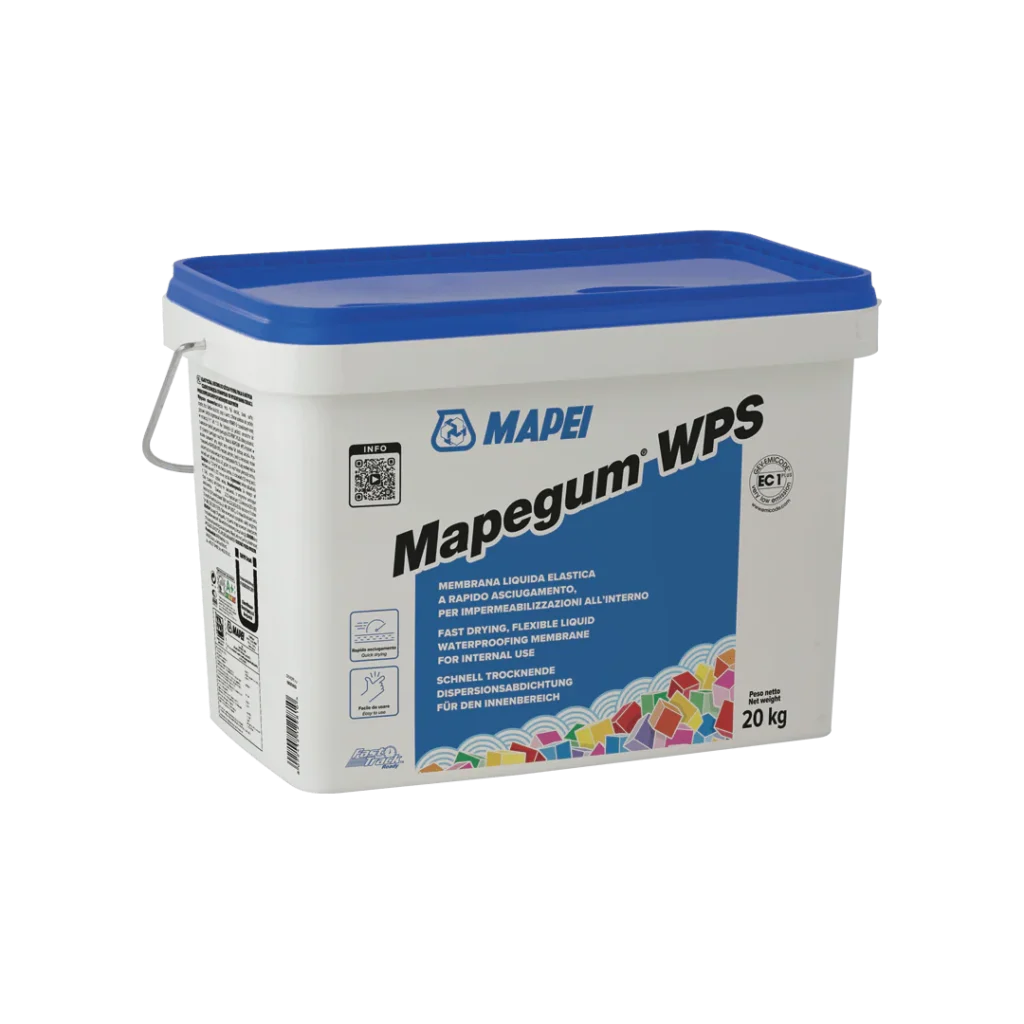The construction industry has seen tremendous changes over the years, with new methods emerging to meet growing demands for faster, more cost-effective, and sustainable building solutions. Among these methods, prefabrication has gained significant attention as an alternative to traditional construction practices. Prefabrication involves assembling components of a building in a factory and then transporting them to the site for installation, while traditional construction typically involves building everything on-site from the ground up.
Discover premium Epoxy coating at GreyBrick, designed for precise cutting, grinding, and drilling of hard materials like concrete, stone, and tiles. Engineered for durability and efficiency, these tools ensure professional results for construction and renovation projects. Shop now for top-tier diamond blades, core bits, and polishing pads, with fast shipping across Australia and New Zealand.
Understanding Traditional Construction
Traditional construction, also known as stick-built or on-site construction, has been the primary approach to building for centuries. It involves bringing raw materials such as bricks, cement, wood, and steel to the construction site and assembling the structure piece by piece. Skilled laborers carry out tasks directly on-site, from laying the foundation to finishing the interiors. This method allows for a high degree of customization, giving architects, engineers, and builders the flexibility to adapt designs to the unique conditions of each project.
The familiarity of traditional construction is one of its biggest strengths. Most construction workers are trained in this method, and it is well-suited for projects where designs are complex or when the site presents unique challenges. However, the reliance on weather conditions, longer timelines, and potential inefficiencies make it a more time-consuming and sometimes costly approach.
What is Prefabrication?
Prefabrication, or prefab construction, involves manufacturing sections of a building in a controlled factory environment before transporting them to the site for assembly. These sections, also known as modules or panels, can range from simple walls to fully finished rooms. Once delivered, the modules are assembled on-site to create the final structure.
Prefabrication has become increasingly popular due to its efficiency and consistency. Factories equipped with modern technology can produce components with high precision, reducing errors and material wastage. Because construction is less dependent on weather, delays are minimized, and projects can often be completed in a fraction of the time required for traditional methods. Prefabrication is particularly favored for residential developments, commercial buildings, and infrastructure projects that demand speed and standardization.
Cost Considerations
Cost is often the deciding factor in choosing between prefabrication and traditional construction. Traditional construction tends to involve higher labor costs due to the need for skilled workers on-site for longer periods. Extended timelines also contribute to increased expenses, particularly when weather delays or unexpected complications occur. Material wastage on-site can further drive up costs.
flooring products, including cutting blades, grinders, and polishers, are also available with Grey Brick options. These tools are designed to efficiently handle tile installation and finishing, offering precision and durability for a professional finish. Perfect for both residential and commercial projects, these tile tools ensure seamless results with Grey Brick materials.
Time Efficiency
One of the most notable advantages of prefabrication is the speed of construction. Because modules are built in a factory while site preparation and foundation work are happening simultaneously, overall timelines are drastically reduced. A building that might take a year to complete with traditional construction could potentially be finished in half the time with prefabrication.
Traditional construction, by contrast, requires sequential steps, meaning that each phase must often be completed before the next begins. Weather conditions, labor shortages, and supply delays can further extend timelines. For clients who need projects delivered quickly, prefabrication offers a clear advantage.
Quality and Precision
Quality is another area where prefabrication often excels. Factory-controlled environments allow for precision engineering, ensuring that each module or panel meets strict quality standards. Advanced machinery reduces the risk of human error, and inspections can be carried out more consistently. The use of modern technologies in prefab factories often leads to superior accuracy in dimensions and finishes.
In traditional construction, quality is more dependent on the skills of individual workers and site conditions. While skilled craftsmanship can produce exceptional results, inconsistencies are more common, particularly on large projects with many contractors. The exposure of materials and work to weather conditions can also affect quality, sometimes leading to issues like cracks, moisture damage, or uneven finishes.
Design Flexibility
Traditional construction holds an edge when it comes to design flexibility. Complex architectural designs, custom features, and intricate details are often easier to achieve with on-site building. Adjustments can be made during construction to accommodate unexpected site conditions or client requests.
Prefabrication, while increasingly versatile, still faces limitations in design flexibility. Because modules must be manufactured in advance, significant changes during the building process are difficult to implement. Transportation constraints also limit the size and shape of prefabricated components. However, advancements in technology are helping overcome these limitations, with modular designs becoming more adaptable and customizable than in the past.
Environmental Impact
Sustainability is a major concern in modern construction, and prefabrication often has the upper hand in this area. The controlled factory setting reduces material wastage and allows for more efficient use of resources. Prefabricated buildings also tend to be more energy-efficient, as insulation and sealing can be carried out with greater precision.
Traditional construction, while capable of incorporating sustainable practices, typically produces more waste and consumes more energy due to longer timelines and inefficiencies. However, with eco-friendly materials and green building practices, traditional methods can still achieve high sustainability standards, albeit with greater effort.
Long-Term Durability
Both prefabricated and traditionally constructed buildings can be durable if built with quality materials and proper techniques. Prefabricated structures are designed to withstand transportation and installation, often making them surprisingly robust. However, the perception persists that prefab buildings are less durable, partly due to early examples of low-cost prefabricated housing.
Traditional construction, with its long history, is often associated with strength and longevity. Well-constructed traditional buildings can last for decades, if not centuries. The key factor in both methods is not the construction technique itself but the quality of materials, design, and maintenance over time.
Final Thoughts
Prefabrication and traditional construction each offer unique advantages, and neither can be considered universally better. The choice depends on factors such as budget, timeline, design requirements, and sustainability goals. Prefabrication excels in efficiency, cost savings, and precision, while traditional construction shines in flexibility and craftsmanship. As the construction industry continues to evolve, both methods will likely coexist, with hybrid approaches becoming increasingly common. For project owners, understanding the strengths and limitations of each method is essential to making the best decision for their specific needs.



